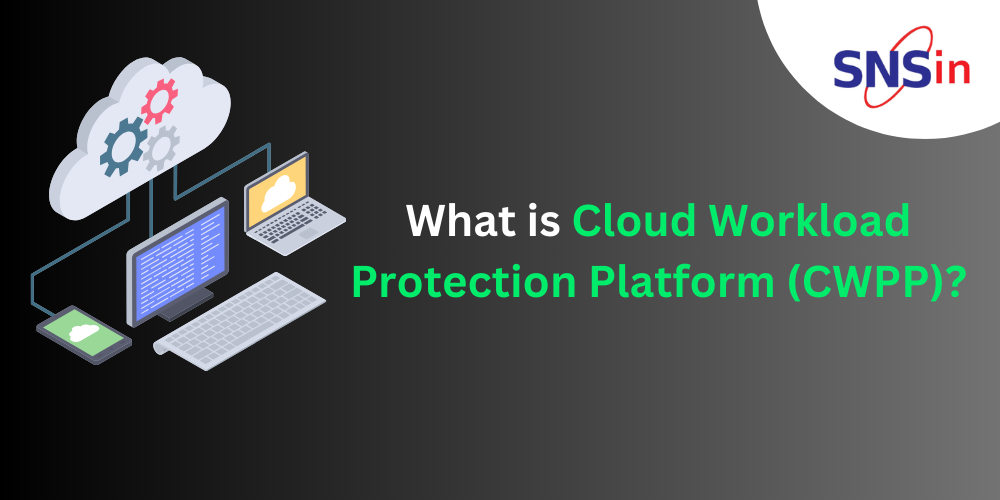Web Skimming Attacks is also known as Magecart Attacks. It is a cyberattack where cybercriminals steal personal data from websites. Cybercriminals insert malicious code or malware on the sites to capture user input data on the website forms. This data includes financial info, user credentials and personal data. These cyberattacks target eCommerce sites & online payment processing systems.
Web skimming attacks are challenging to detect, as the malicious code often blends in with the legit website code. Cybercriminals target vulnerabilities in content management systems (CMS), 3rd party plugins, and libraries used by websites, which can be exploited to inject the malicious code.
How Does Web Skimming Attacks Work?
Step 1 – Injection of Malicious Code
Cybercriminals inject malicious JavaScript code into a sites’ database. This code is designed to capture and ex-filtrate sensitive info entered by users. It could be credit card details, user personal details etc.
Step 2 – Data Collection
When a user visits the compromised website and enters their details, say, during the checkout process, then the malicious code intercepts and collects this data in real-time without the user’s knowledge.
Step 3 – Data Exfiltration
Once the data is collected, it is being sent to a remote server managed by the cybercriminals. It could be done using various techniques, including sending the data to a command and control server or via encrypted channels to avoid detection.
Step 4 – Monetization
Cybercriminals’ common motive behind a cyberattack is financial gain. The data theft from these attacks are being sold on the dark web or used in fraudulent transactions.
What are the Consequences of Web Skimming Attacks?
- Financial Losses for Businesses
- Reputation Damage
- Legal & Regulatory Penalties
- Operational Disruption
- Loss of Customer Data & Customer Trust
- Additional Security Costs
- Impact on Partners & 3rd Parties
How to Protect Businesses Against Web Skimming Attacks?
- Conducting regular Security Audits & Vulnerability Assessments of the website’s code & 3rd party components.
- Businesses must deploy Web Application Firewalls (WAFs) to detect & block malicious traffic and code injection attempts.
- It is the best practice to keep all the devices, software, plugins, and libraries with the latest security patches.
- Businesses must use Content Security Policy (CSP) headers to restrict the sources from which content can be loaded onto the site. It reduces the risk of malicious code injection.
- It is beneficial to monitor website traffic for malicious activities & unexpected data transmissions.
- Businesses must vet and monitor any 3rd party integrations & services used on the site.
- It is mandatory to Cyber Educate employees about their cyber responsibility.
Wrap Up
Web skimming attacks are a significant concern for eCommerce businesses and their users. Web Skimming is a hacking method where the cybercriminal breaches the payment or checkout page of websites by injecting a malicious script or malware via the 3rd party apps that are being used by the website. Cybercriminals gather credit card info and personal details, often without being detected.
Businesses must invest in robust Cybersecurity solutions. It is necessary to detect & prevent web skimming attacks to minimize their impact else losses can be massive.
Secure Network Solutions (SNS) is a PAN India , Cybersecurity focused Company protecting businesses for over 23 years. We provide Firewall Support & Implementation Services, Email & Web Security Solutions, Cloud Security Solutions, SOC Services and more.
For queries or any requirements to share, please email to us at [email protected]
Swathi
Author
Working IT professional and a Cyber Security enthusiast. Passionate to write about Cyber Security topics and Solutions. I share my insights as I study articles and trending topics in the field of Cyber Security.
![]()




